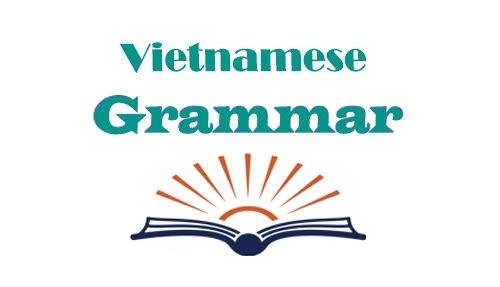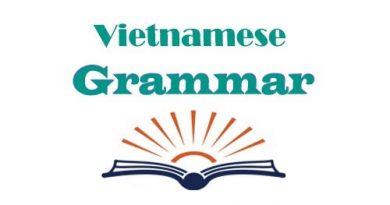Multiple-meaning words in Vietnamese
In this post, Tiengviet24h will introduce to you: Multiple-meaning words in Vietnamese. Let’s start!

What are Vietnamese multiple-meaning words?
Simply, multiple-meaning words are words that have one literal meaning and one or some figurative meanings.
+ Literal meaning: It’s the original meaning of words. It’s the direct, familiar and easy to understand meaning of words. It rarely depends on the context.
+ Figurative meaning: It’s the meaning derived from the literal meaning. In order to understand exactly the figurative meaning of words, you should pay attention to the context.
Example:
+ “Đi”: In addition to referring to moving from one place to another place by foot, the word “đi” also means to die.
+ “Nhạt”: This word indicates that the salinity of food or drink is lower than normal, or indicates the intensity of color, or indicates that a game or a story is not very exciting or attractive.
+ “Bạc”: The word “bạc” means to be precarious. Moreover, it also means to be meager or ungrateful.
+ “Nhà”: In addition to referring to a place where you live with your family, “nhà” is also used to call one’s husband or wife when talking to others.
Some ways to classify multiple-meaning words
There are many ways to classify multiple-meaning words in Vietnamese, below are the two most common ways:
Literal meaning and figurative meaning
– Literal meaning is the first meaning of words, and figurative meaning is the meaning created based on literal meaning.
Example:
+ “Ngọt”: In literal meaning, it indicates that food or drink tastes like sugar or honey. In figurative meaning, it refers to smooth and easy to hear sounds.
+ “Miệng”: In literal meaning, it refers to a part of the body used to eat and speak. In figurative meaning, it refers to the top and outermost part connecting to the outside of an object having depth (miệng hang – mouth of the cave, miệng bát – mouth of the bowl,…).
+ “Vàng”: In literal meaning, it refers to a precious metal. In figurative meaning, it refers to a very precious thing that is likened to gold (tấm lòng vàng – golden heart).
+ “Xuân”: In literal meaning, it means spring – a season of the year. In figurative meaning, it means youth (tuổi xuân – youth).
Permanent meaning and non-permanent meaning
– Simply, permanent meaning is the inherent meaning of words, while non-permanent meaning only appears in certain cases. Non-permanent meaning is often found in allusion in communication, in allegory, in metaphor or metonymy.
Example:
+ When saying “áo trắng”, we immediately think of a clean and fragrant white shirt. However, when being used in the sentence “Áo trắng em đến trường”, the word “áo trắng” refers to schoolgirl. The meaning “schoolgirl” of the word “áo trắng” is non-permanent meaning.
+ As we know, “miệng” refers to a part of the body used to eat and speak. However, in the sentence “Nhà em có 4 miệng ăn”, the word “miệng” refers to a person, the whole meaning of this sentence is “My family has 4 people”, this meaning is non-permanent meaning of the word “miệng”.
How to distinguish between homonyms and multiple-meaning words in Vietnamese
| Homonyms | Multiple-meaning words |
| + They are words that have the same pronunciation but completely different meaning. All those meanings are original meanings. Example: “Hòn đá” and “đá bóng”. “Đá” in “hòn đá” refers to the solids that make up the earth’s crust, while “đá” in “đá bóng” refers to the act of kicking a certain object in order to hurt it or throw it away. | + They are words that have one literal meaning and one or some figurative meanings, there is a close relationship between those meanings. Example: The meaning of the word “đá” in “đá bóng” explained before is the original meaning. And the meaning of the word “đá” in the sentence “Mình bị người yêu đá rồi” is the figurative meaning, it means to be jilted. |
+ Homonyms can’t be replaced by other words. For example, let’s consider the following 2 cases: Cô ấy được chín (1) điểm. Cơm chín (2) rồi. –> We can’t replace “chín” (1) with “chín” (2) because their meanings are completely different. “Chín” (1) refers to a natural number, while “chín” (2) refers to being cooked well enough to eat. | + In figurative meaning, multiple-meaning words can be replaced by other words. For example, let’s consider the following case: Suy nghĩ chín chắn. –> The word “chín” in this case means to be careful or mature, so the word “chín chắn” can be replaced by the word “kỹ càng”, the sentence will become “suy nghĩ kỹ càng”. |
See other similar posts in category: Vietnamese grammar
We on social : Facebook
